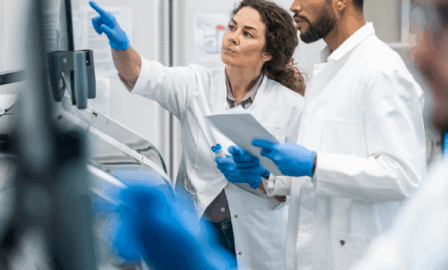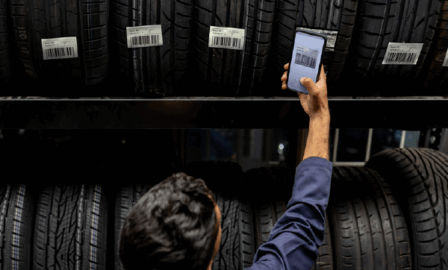What Apple’s Latest OS Updates Tell Us About Consumer Health Data
Last month, Apple kicked off its developer’s conference by announcing a few new software features critical to maintaining health and independence. Prior to this launch, Apple has continued to stay ahead of the competition in the wearable space by introducing features like the heart rate monitor, activity tracker, and blood oxygen sensor. Apple’s latest innovations highlight an essential blend between technology and the medical device space, and the impact to how consumer health data is managed.
An Advanced Health App and a Hopeful Future for The Elderly
For many seniors, monitoring daily health does not come easy, and the goal of Apple’s latest update is to help in this area. On the iOS front, Apple is introducing a new metric to the Health app called Walking Steadiness. The idea is to identify a person as a fall risk early on, as their gait changes from keeping the phone in their pocket. Along with monitoring mobility and steadiness, users can now calculate their respiratory rate while they sleep and consistently manage health records, labs and test results. The latest technologies presented by Apple provide seniors a new opportunity to safely and effectively manage their wellness from home.
Paired with the ability to share Health data securely with physicians and trends with loved ones or caregivers, supported by electronic health record (EHR) systems, there is yet another new and crucial tool available to seniors. Most importantly, users not only control what data and information they share but with whom they share it with. With the ability to see trends and other health data, users can access quality care and make informed decisions.
The Rise in Telemedicine, Accessibility and Convenience
With the COVID-19 pandemic accelerating a shift to remote work, a survey of over 1,300 physicians found that more than 90% treated their patients through telehealth and most plan to continue doing so. As patient use of telemedicine continues to increase, satisfaction rates show a promising future for the industry in a post-pandemic world. The rise in telemedicine has, in turn, led to a rise in digital health tools, such as wearables. While physicians have changed patients’ treatments and their own prescribing habits, the relationship between doctor and patient has been altered immensely. With an increasing number of individuals utilizing digital health tools, physicians and caregivers have access to a new form of effective asynchronous treatment.
As digital platforms in the medical industry continue to grow, leveraging health data and analytics will be critical to support the decision-making process. The capability to share health trends represents a significant advance for seniors, individuals with chronic conditions, and even those living in rural areas with limited access to care. Asynchronous communication is both convenient and cost effective, providing physicians, caregivers and family alike with the means to connect the dots through data and trends. With the capacity to leverage data, clinicians have a tool to potentially diagnose deeper health issues earlier.
What This Means for the Life Science and Medical Device Industries, and Consumer Health Data
Apple’s latest features help highlight the brand’s constant effort to improve quality and reduce costs in the tech and medical fields. While Apple continues to dive deeper into the medical space, the company faces increased safety regulations and standards from the Food and Drug Administration. First seen with their electrocardiogram (ECG) sensor, released in 2018, Apple was required to seek clearance from the FDA. In its current status outside of the medical industry, the FDA granted Apple a De Novo classification for their ECG monitor. As they continue to release advanced software and features that encroach on the medical device space, Apple is likely to face new regulatory scrutiny.
For companies in the industry, the upward trajectory of telemedicine and wearables alike will produce an influx of consumer health data. With this upsurge of data, advanced operations and resources will be necessary to effectively produce actionable information. As digitalization evolves, managing insights, promoting efficiency, and providing targeted results is pivotal to remain ahead of competitors. While the blend between telemedicine and digital health tools expands, businesses will be challenged to continue to innovate.
Subscribe to Clarkston's Insights
Coauthor and contributions by Rachel Ruth



